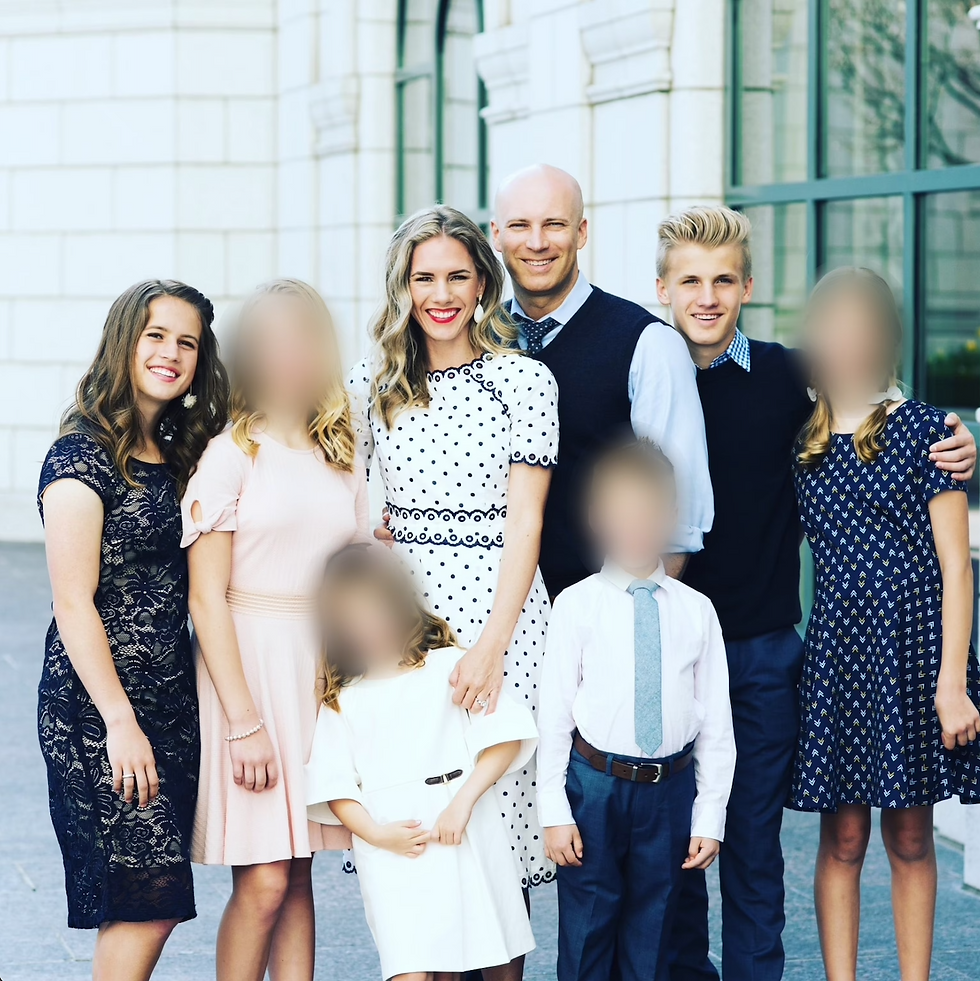INFAMOUS: Fort Hood Shooting
- Yasmin Sudarsanam
- Mar 8
- 4 min read
Trigger Warning: The following case includes depictions of graphic violence and acts of terrorism. Please read at your own discretion.
In 2009, an army psychiatrist opened fire on unarmed soldiers at a military base. Killing thirteen individuals, this incident became the deadliest mass shooting on a US military base and the deadliest terrorist attack in the United States since the September 11th attacks until the San Bernardino attack in 2014. This is the story of the Fort Hood Shooting.

On July 31, 2009, army psychiatrist Nidal Hasan, due to deploy to Afghanistan in just a few months, purchased a firearm from the Guns Galore store in Killeen, requesting "the most technologically advanced weapon on the market and the one with the highest standard magazine capacity.” On November 5, 2009, he entered a readiness processing center within the Fort Hood military base, where individuals received routine medical treatment and examinations before and after deployment, and, without warning, he opened fire. Using a handgun fitted with a laser system, Hasan targeted unarmed soldiers and civilians who were preparing for deployments, passing up opportunities to target civilians and instead, aiming at soldiers in uniform.
Ultimately, a Fort Hood police officer was forced to shoot Hasan to put an end to the rampage, resulting in him being paralyzed from the waist down. After the rampage, 214 rounds in total had been fired by the attacker and responding law enforcement officers, and thirteen individuals lay dead: Michael Grant Cahill, 62; Libardo Eduardo Caraveo, 52; Justin Michael DeCrow, 32; John P. Gaffaney, 56; Frederick Greene, 29; Jason Dean Hunt, 22; Amy Sue Krueger, 29; Aaron Thomas Nemelka, 19; Michael S. Pearson, 22; Russel Gilbert Seager, 51; Francheska Velez, 21; Juanita L. Warman, 55; Kham See Xiong, 23. Another thirty-one were injured and transported for immediate medical attention.
While there was no question as to who perpetrated the shooting, questions swirled around Hasan’s motivations for instigating such a violent attack. In the subsequent investigation, officers discovered that Hasan had been in communication with Yemeni-American jihadist and lecturer Anwar al-Awlaki who would later be killed in 2011 by a US government drone strike ordered by the Obama administration. His killing was the first of an American citizen without a trial and caused much controversy over the apparent erasure of basic civil rights in the face of a potential national threat. However, Awlaki had never directed Hasan to attack the army base, meaning that while Hasan may have been inspired by his views, his actions were not carrying out the orders of a foreign terrorist organization.
Furthermore, supposedly, a Joint Terrorism Task Force had been aware of emails between the two individuals, and Hasan’s peers had even been wary of his increasing Islamic radicalization for several years. Yet, no one had taken action to prevent the tragedy. These revelations led to several hearings held by Congress and investigations on the part of the Department of Defense and the FBI.
After two years, Hasan faced arraignment in a military court on July 20, 2011. In the trial, family members of Hassan said that he had turned against the US government after hearing stories from his patients who had returned from fighting in Afghanistan and Iraq. He was convicted in 2013 during a court-martial on thirteen counts of premeditated murder and thirty-two counts of attempted murder. For those unfamiliar with the term, a court-martial is a trial in military court involving the presentation of arguments and deliberation by a jury comprised of commissioned officers and other enlisted individuals. Hassan was sentenced to death in September of that year and is currently awaiting execution at the US Disciplinary Barracks in Fort Leavenworth, Kansas.
The shooting at Fort Hood led to debates over acts of terrorism “sponsored” by organizations versus those “inspired” by similar organizations. After the tragedy, families of the victims petitioned the government to categorize the shooting as an act of terrorism but the government repeatedly refused. A group of survivors and family members of victims even sued the government for negligence in preventing the attack in an attempt to force the government to reclassify the shooting as an act of terrorism but to no avail.

A memorial was built for those killed in the attack in Killeen in July of 2014 with the dedication ceremony taking place in March of 2016. Finally, the victims of the shooting were honored with Purple Hearts in April of 2015. This incident expanded the definition of the Purple Heart award to include attacks inspired by international terrorist organizations, thus making all victims of the attack eligible. The officer who shot Hasan to defend others was also awarded the Defense of Freedom medal. Ultimately, what stands out about this tragedy is not the hate or extremism that inspired it but rather how the Texas community rallied around Fort Hood and the families of the victims through blood transfusions, hospitality, financial donations, and community organizing to support those impacted by this horrific tragedy.
Feel free to leave your thoughts, opinions, and questions below! If you want to see more cases similar to this one, like this post to let me know!
Thank you to Viji for suggesting this case; if you have a specific case you would like me to cover, please leave it in the suggestion box!
Sources:




Comments